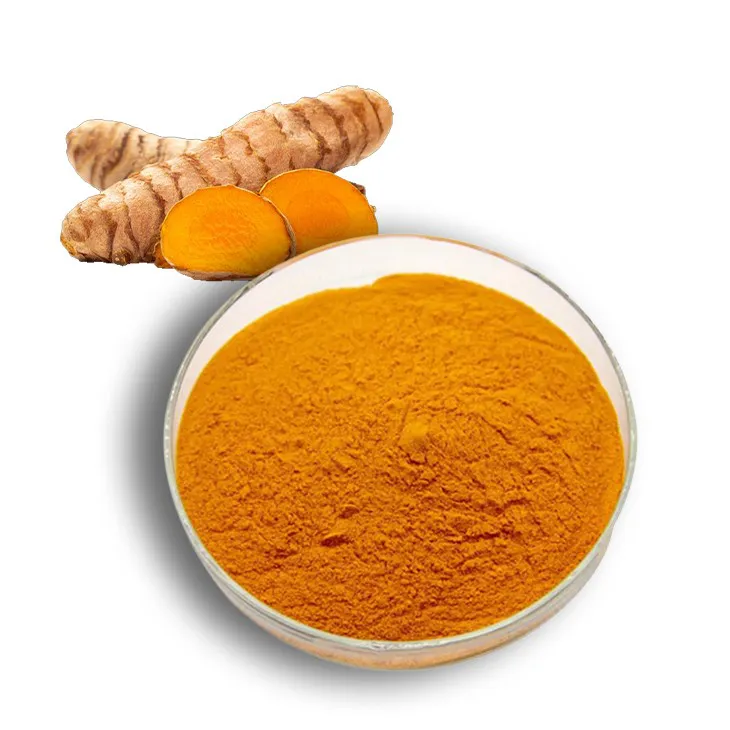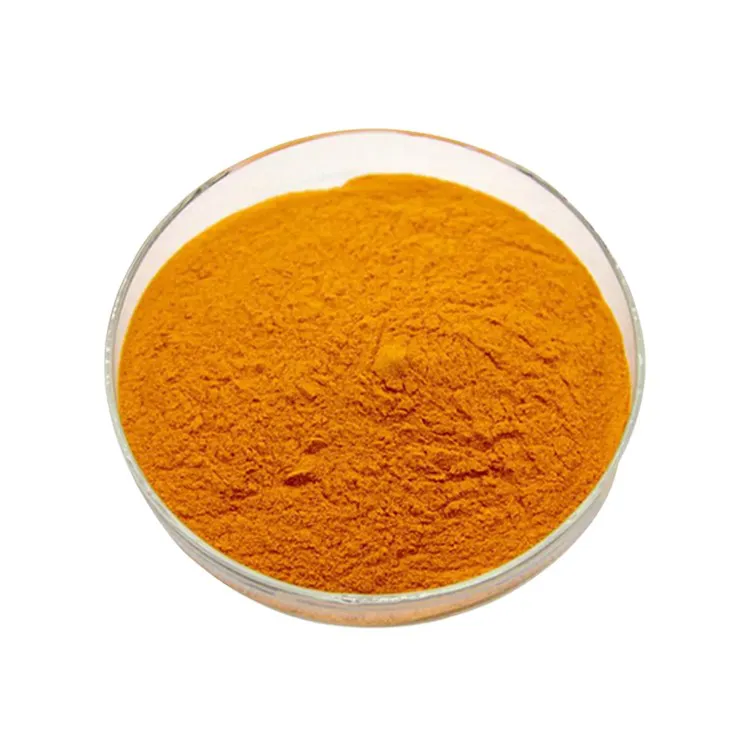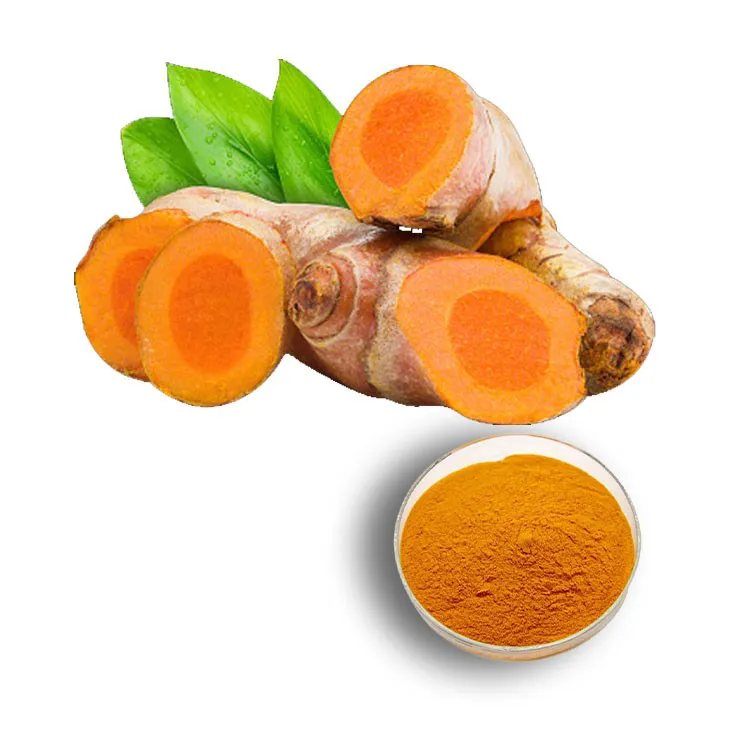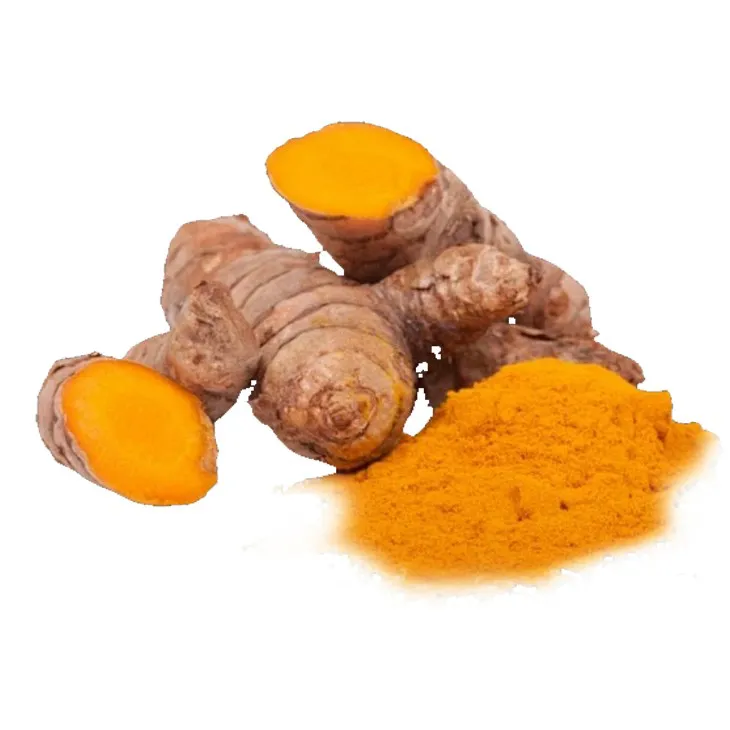- 0086-571-85302990
- sales@greenskybio.com
The best natural sources of curcumin.
2024-11-26

Introduction
Curcumin has emerged as a compound of great interest in recent years due to its potential health - promoting effects. It has been studied for its anti - inflammatory, antioxidant, and even potential anti - cancer properties. Understanding the best natural sources of Curcumin is crucial for those looking to incorporate this beneficial compound into their diet in a natural way.

Turmeric: The Primary Source
1. What is Turmeric?
Turmeric is a bright yellow - orange spice that is a member of the ginger family. It is native to South Asia and has been used for centuries in traditional medicine, particularly in Ayurvedic medicine. The active ingredient in turmeric that gives it its many health benefits is Curcumin. However, it should be noted that curcumin only makes up about 2 - 5% of turmeric by weight.
2. Incorporating Turmeric into the Diet- One of the simplest ways to consume turmeric is by adding it to cooking. It is a common ingredient in Indian cuisine, used in dishes such as curries, dals, and even in some desserts. For example, a simple turmeric - spiced lentil soup can be made by sautéing onions, garlic, and turmeric in a pan, then adding lentils and water and simmering until the lentils are cooked.
- Turmeric can also be used to make a golden milk. This involves warming milk (dairy or non - dairy) on the stove and adding turmeric, along with other spices like cinnamon and ginger, and a sweetener such as honey or maple syrup. This warm and comforting drink is not only delicious but also a great way to get a dose of curcumin.
- Another option is to sprinkle turmeric on roasted vegetables. The heat of the roasting process helps to enhance the flavor of the turmeric. Vegetables like cauliflower, carrots, and sweet potatoes all pair well with turmeric.

Curry Powder: A Convenient Option
1. Composition of Curry Powder
Curry powder is a blend of various spices, and typically contains turmeric. Other common ingredients in curry powder include coriander, cumin, fenugreek, and chili powder. The amount of turmeric in curry powder can vary depending on the brand and the type of curry powder (e.g., mild, medium, or hot). However, it generally provides a convenient way to add curcumin to the diet, especially for those who enjoy the flavors of curry in their cooking.
2. Using Curry Powder in Cooking- Curry powder can be used to make a delicious and easy - to - prepare curry dish. Sauté some onions, garlic, and ginger in a pan, add curry powder and let it cook for a minute or two to release its flavors. Then add your choice of protein (such as chicken, beef, or tofu) and vegetables, along with some broth or coconut milk, and simmer until everything is cooked through.
- It can also be used as a rub for meats or fish. Simply mix curry powder with a little oil and some salt and pepper, and rub it onto the surface of the meat or fish before cooking. This not only adds flavor but also a source of curcumin.
- For a vegetarian or vegan option, a curry - spiced chickpea and vegetable stew can be made. Start by cooking onions, carrots, and celery in a pot, add curry powder, chickpeas, and some tomatoes and let it simmer until the flavors are well combined.

Tropical Plants Related to Turmeric
1. Javanese Turmeric (Curcuma zedoaria)
Javanese Turmeric is a tropical plant related to turmeric that contains curcumin - like compounds. It is native to Southeast Asia and has been used in traditional medicine in that region. However, it should be used with caution as it may have different properties compared to regular turmeric. In some traditional systems, it has been used to treat digestive problems, but more research is needed to fully understand its potential benefits and any possible side effects.
2. Hidden Ginger (Curcuma caesia)Hidden Ginger is another plant in the Curcuma genus. It is found in the tropical regions of Asia. It also contains compounds similar to curcumin. Some studies have suggested that it may have antioxidant and anti - inflammatory properties, similar to turmeric. However, it is not as commonly used in cooking as turmeric and is more often studied for its potential medicinal applications.
3. Comparison with TurmericWhile these tropical plants related to turmeric may contain curcumin - like compounds, they are not as widely available or as well - studied as turmeric itself. Turmeric has a long history of safe use in cooking and traditional medicine, and its curcumin content has been extensively researched. These related plants may offer alternative sources of similar compounds, but more research is needed to determine their safety, efficacy, and how they can be best incorporated into natural health remedies.

Conclusion
Turmeric is by far the most accessible and well - known natural source of curcumin. Curry powder, which contains turmeric, is also a convenient option for adding curcumin to the diet. While tropical plants related to turmeric may hold potential as sources of curcumin - like compounds, more research is required to fully understand their benefits. Incorporating these natural sources into the diet can be an important part of natural health remedies, but it is also important to consult with a healthcare professional, especially if one has any underlying health conditions or is taking medications.

FAQ:
What is the most common natural source of curcumin?
Turmeric is the most common natural source of curcumin. It is widely available in the market and can be easily added to various dishes in our daily diet.
Can curry powder be considered as a source of curcumin?
Yes, curry powder can be considered as a source of curcumin. Since curry powder typically contains turmeric, and turmeric is the main natural source of curcumin.
Are there any other plants that can be sources of curcumin - like compounds?
Yes, some tropical plants related to turmeric can be sources of curcumin - like compounds. However, turmeric remains the most well - known and widely used source.
How can we incorporate turmeric (the main curcumin source) into our diet?
There are many ways to incorporate turmeric into the diet. For example, it can be added to curries, soups, smoothies, or even used to make turmeric tea. It can also be used as a spice in various meat and vegetable dishes.
What are the potential health - promoting effects of curcumin from these natural sources?
Curcumin has been associated with various potential health - promoting effects, such as anti - inflammatory, antioxidant, and potential anti - cancer properties. However, more research is still needed to fully understand and confirm these effects.
Related literature
- The Bioavailability of Curcumin: Problems and Promises"
- "Curcumin: A Review of Its' Effects on Human Health"
- "Turmeric and Curcumin: Biological Actions and Medicinal Applications"
- ▶ Hesperidin
- ▶ Citrus Bioflavonoids
- ▶ Plant Extract
- ▶ lycopene
- ▶ Diosmin
- ▶ Grape seed extract
- ▶ Sea buckthorn Juice Powder
- ▶ Fruit Juice Powder
- ▶ Hops Extract
- ▶ Artichoke Extract
- ▶ Mushroom extract
- ▶ Astaxanthin
- ▶ Green Tea Extract
- ▶ Curcumin
- ▶ Horse Chestnut Extract
- ▶ Other Product
- ▶ Boswellia Serrata Extract
- ▶ Resveratrol
- ▶ Marigold Extract
- ▶ Grape Leaf Extract
- ▶ New Product
- ▶ Aminolevulinic acid
- ▶ Cranberry Extract
- ▶ Red Yeast Rice
- ▶ Red Wine Extract
-
Green Tea Extract
2024-11-26
-
White Willow Bark Extract
2024-11-26
-
Boswellia Serrata Extract
2024-11-26
-
Hesperidin
2024-11-26
-
Coconut Water Powder
2024-11-26
-
Grape Leaf Extract
2024-11-26
-
Chaste Berry Extract
2024-11-26
-
Acerola Juice Powder
2024-11-26
-
Tongkat Ali Extract
2024-11-26
-
Bayberry Extract
2024-11-26





















